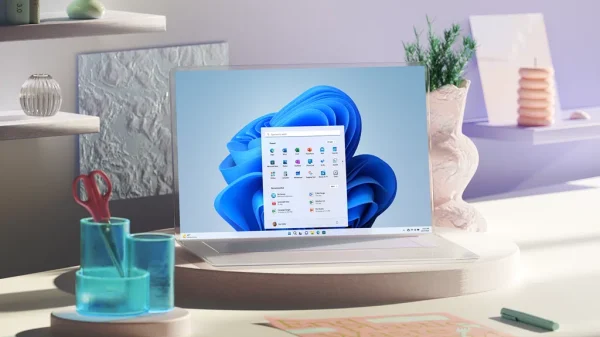The advent of programmatic and demand-side platform (DSP) technologies has revolutionized digital advertising, disrupted the traditional direct sales model that connected brands, media agencies, and publishers. These technologies emphasize audience targeting and automated digital campaign execution.
However, their functionality does not seamlessly extend to television advertising due to limitations in transparency, reach, and scale. Consequently, while DSPs excel in the digital realm, they are less likely to dominate the future of TV advertising, necessitating alternative tools and strategies for effective TV ad execution.
Historically, TV advertising has relied on direct purchases from networks or publishers, a model that continues even with the rise of streaming services. This direct approach fosters strong relationships between brands and publishers, enabling more efficient and transparent campaigns through direct negotiations and collaboration.
Unlike the automated nature of programmatic buying, direct connections allow for detailed discussions about budgets, program integrations, and data enhancements, providing a level of collaboration and transparency that DSPs struggle to match.

Programmatic DSP Technologies Fall Short in TV Advertising, Highlighting Need for Direct Purchase Strategies
A significant drawback of programmatic buying through DSPs is the high cost associated with their fee structures. DSPs and supply-side platforms (SSPs) charge substantial fees, which can consume up to 50% of an advertiser’s budget.
Additional costs from managed services and ad-serving fees further inflate the effective cost-per-thousand impressions (CPM), often more than doubling the initial bid. These high costs are a critical concern for advertisers seeking cost-effective campaign execution.
Furthermore, DSPs do not support linear TV inventory, which remains a crucial component of the TV landscape despite a decline in viewership. Linear TV still commands significant audiences and offers efficient CPMs, making it an essential medium for reaching broad audiences and driving performance.
High-profile live events, which attract massive viewership, predominantly occur on linear TV. Therefore, advertisers need solutions beyond DSPs to achieve the necessary reach and scale in their TV campaigns.
Another issue with DSP technology is the potential for costly fraud due to the lack of transparency in programmatic buying. The complex and opaque nature of programmatic ad placements creates opportunities for fraudulent activities, which are less tolerable in the high-cost TV advertising environment.
Direct transactions between publishers and brands mitigate these risks, ensuring higher transparency and reducing the potential for fraud. Consequently, successful TV advertisers are turning to TV-specific tools and strategies, highlighting that digital DSPs, while beneficial for online advertising, do not fully replace the advantages of traditional direct transactions in TV advertising.








































